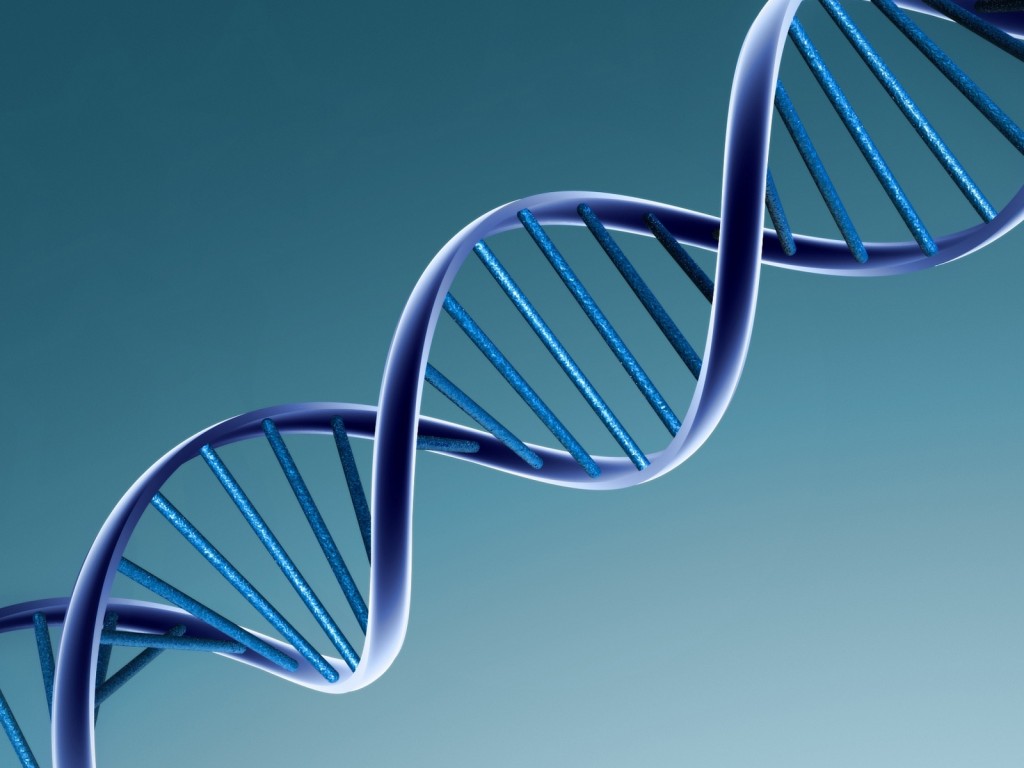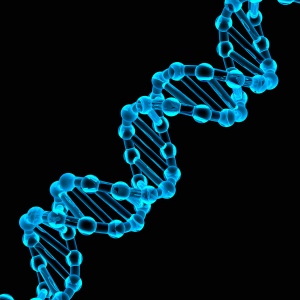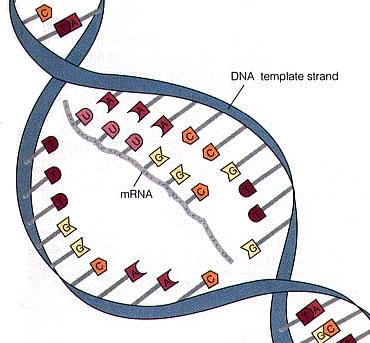Difference between DNA and mRNA

Nucleic acids are basically the building blocks of the body and help to carry genetic information from one generation to another of species. They are the main focus in the field of genetic engineering, as uncovering the complexities of nucleic acids can reveal a lot of interesting information.
There are two kinds of nucleic acids, namely DNA and mRNA. Both these nucleic acids are found inside the cells of a living organism.
A lot of people end up confusing both the nucleic acids to be one and the same, which is quite understandable as both of them seem to perform the same function and also have a similar make.
One simply needs to go into the details of the functions and structure of DNA and mRNA to realise the fact that both these nucleic acids are actually very different from one another.
One of the primary differences between DNA and mRNA is that the former is made up for deoxyribose sugar, whereas the latter is made up for ribose sugar.
Another thing that sets DNA apart from mRNA is the pyrimidines. The former has thymine as one of the two pyrimidines, whereas the latter has uracil as its pyrimidines base.
DNA and mRNA are also different from each other on account of the area of the cell in which they are located. While the DNA is present in the nucleus, the mRNA is synthesised in the nucleus, but diffuses into the cytoplasm after synthesis.
The structure of DNA and mRNA also makes them different and therefore easily distinguishable under a really strong microscope. The DNA is double-stranded, whereas the mRNA is single stranded. This structure is ideal for the functions that the two nucleic acids have to perform.
The life-span of DNA and mRNA is also different. DNA has a longer life-span, whereas its counterpart is short-lived.
Instructions
-
1
DNA
DNA stands for deoxyribonucleic acid. In the most simplest terms, it is the genetic material that is present is all major life-forms, except for the plant viruses. It is the main constituent of chromosomes.
Image Courtesy: nature.com

-
2
mRNA
mRNA stands for messenger ribonucleic acid. It has all the basic characteristics of RNA. It is synthesised as a complementary stand to DNA in the nuclear, though it diffuses out into the cytoplasm after synthesis.
Image Courtesy: yalescientific.org







